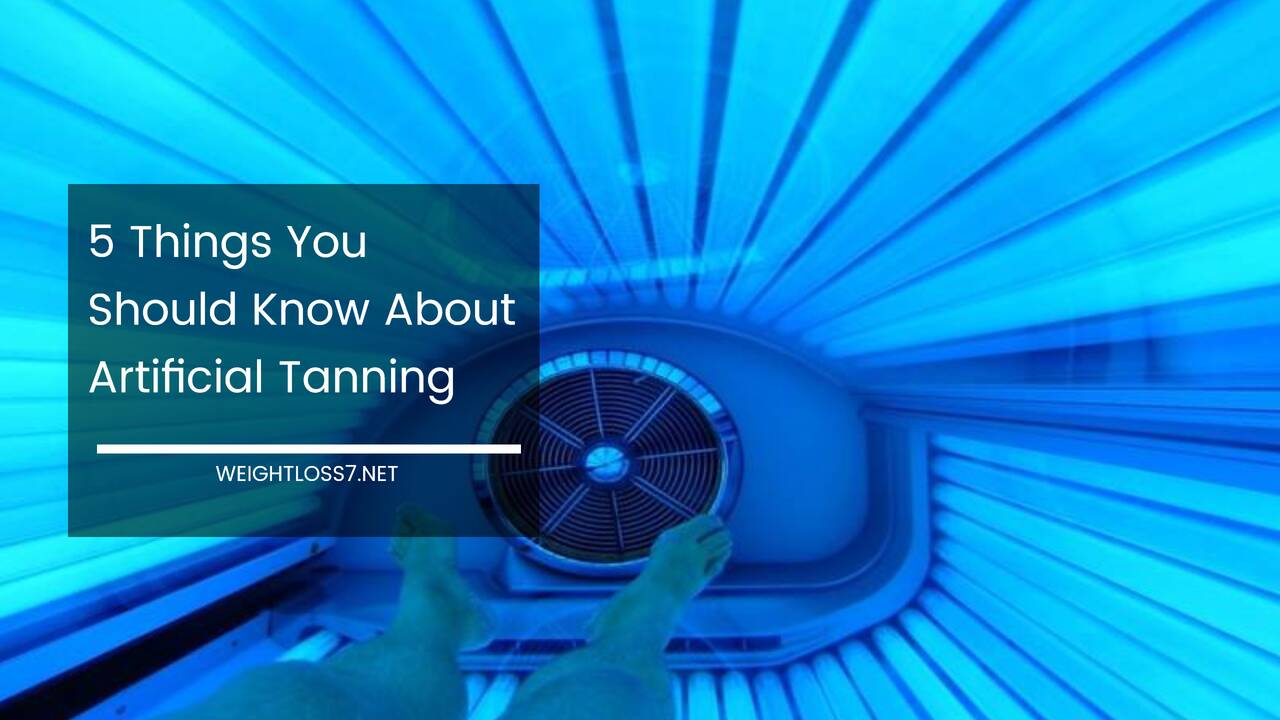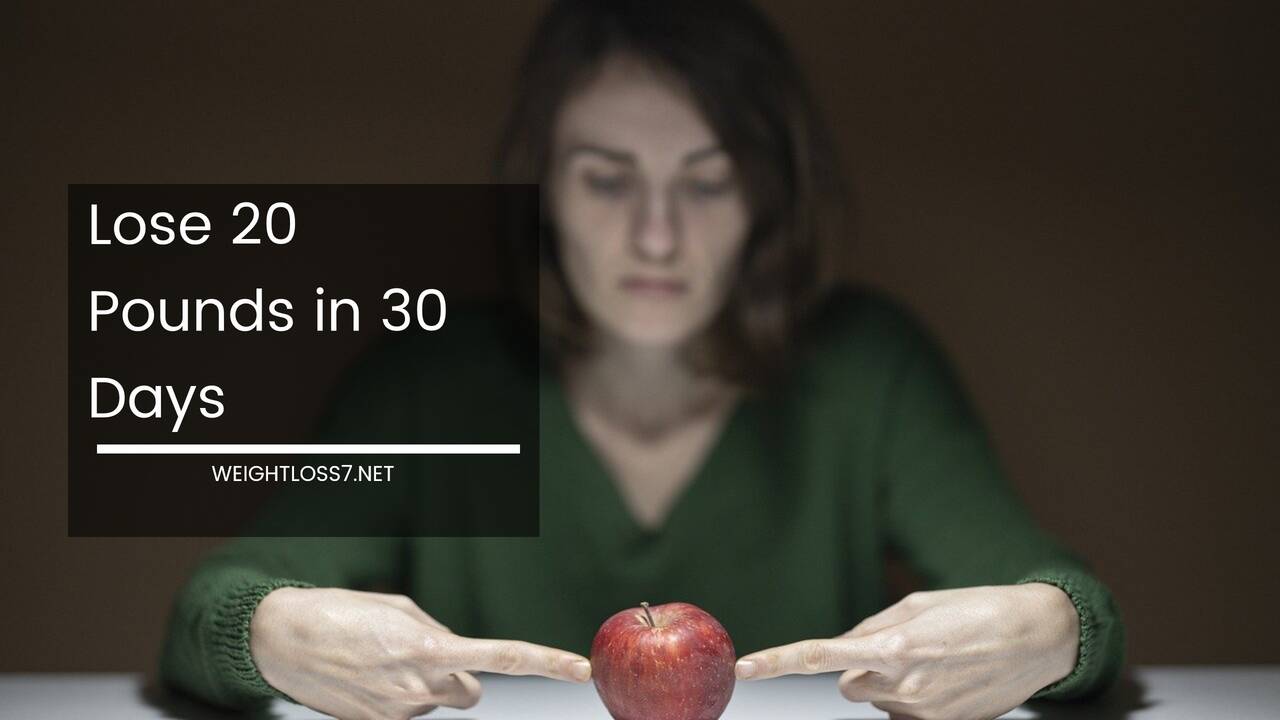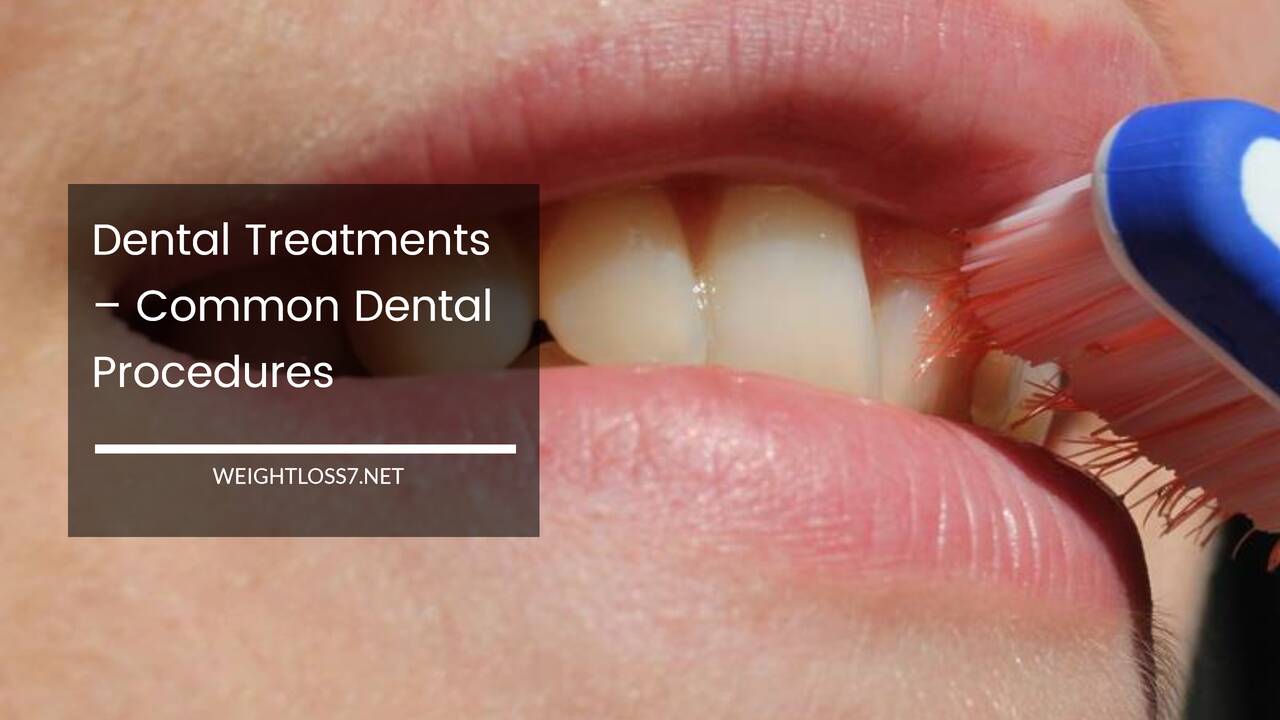5 Things You Should Know About Artificial Tanning

We’d all love to live in the perfect climate, where the sun shines moderately all year-round, providing us with that flawless sun kissed skin we all love.
However, most of us have to make do with just a couple of months of sun in a year.
But, rather than settling for a natural and paler complexion, many people have turned to sunless tanning as an alternative to the real thing.
The problem with this is that while most people are all too aware of the dangers that the sun’s UV rays present, they are less informed about the dangerous consequences that artificial tanning can have.
A recent survey carried out by the American Academy of Dermatology found that 43% of indoor tanners had never been warned about the dangers of tanning beds by salon employees, while 30% said they had never noticed the warning labels on tanning beds.
Both tanning beds and spray tans can have negative effects on your health and it is important to be aware of the risks before you engage in either activity.
Here are five things you need to know about artificial tanning:
1. There is no such thing as a safe tan
Natural sunlight is made up of different wavelengths of UV light. It is the UVA rays that cause your skin to get darker or tan as they are able to penetrate further into your skin. UVB rays mainly affect the surface layers and are also what cause that painful sunburn if you lay out in the sun for too long.
Tanning salons use more UVA rays than UVB rays, which is why many people suppose that indoor tanning is safer than natural sunlight.
However, research has shown that in the long-term, tanning with mainly UVA rays can cause the same skin damage as sunburns do and increases the risk of skin cancer and premature aging.
Even spray tans are not 100% safe, because although you are not exposed to any UVA or UVB rays, the tanning spray’s active ingredient, Dihydroxyacetone (DHA), may also cause cancer.
DHA is a chemical that comes from sugar cane, sugar beets or fermented glycerin. Toxicology and dermatology experts now believe that this chemical may cause genetic mutations and DNA damage.
2. Regularly using tanning beds increases the risk of melanoma by 800%
Studies have proven that exposure to ultraviolet light or UV, is the primary cause of skin cancer. According to the FDA, nearly 38,000 people are diagnosed with melanoma every year in the US alone.
Research shows that using a tanning bed as little as ten times in a year means a person is seven times more likely to develop malignant melanoma than someone who doesn’t use a tanning bed as frequently.
Using tanning beds occasionally can increase the risk of melanoma by 300%, while using them more than ten times a year (regularly) can increase that risk by 800%.
3. The younger you start using tanning beds, the higher your risk of melanoma
A study carried out in Sweden showed that the younger a person starts tanning, the greater their risk of developing melanoma.
Data collected from seven different studies indicates that the risk of melanoma is increased by 75% for those who begin using tanning beds before the age of 35.
4. Fair-skinned individuals are not the only ones at risk
There is a common misconception that those with darker skin tones don’t have to worry about developing skin cancer as a result of exposure to UV rays.
However, although those with darker skin do have more melanin pigment, which protects against sun damage, they are certainly not risk-free.
Additionally, UV rays can also cause eye problems and are even known to damage the immune system. These health problems can occur no matter what type of skin you have.
5. Tanning beds may be more dangerous than the sun
You may reason that while tanning beds aren’t a completely safe alternative to natural sun tanning, they are still a safer option.
However, tanning beds and sun lamps are known to produce nearly three times more UVA rays than the sun, which makes them even more harmful than natural tanning.
Some of the newer sunlamps now produce nearly 15 times more UVA and UVB rays than the sun, so a 15 minute session in a tanning bed could be doing you far more damage than you think.
Tanning beds can also cause sunburns, and with every sunburn you get, you risk of developing skin cancer later on in life is doubled.
You may have heard the excuse that tanning is necessary in order to get enough vitamin D, but as little as ten (fully clothed) minutes in the sun without sun protection lotion is enough to give you your daily requirement of vitamin D.
At the end of the day, having bronzed skin is simply not worth the risk of developing skin cancer or other health problems.

















